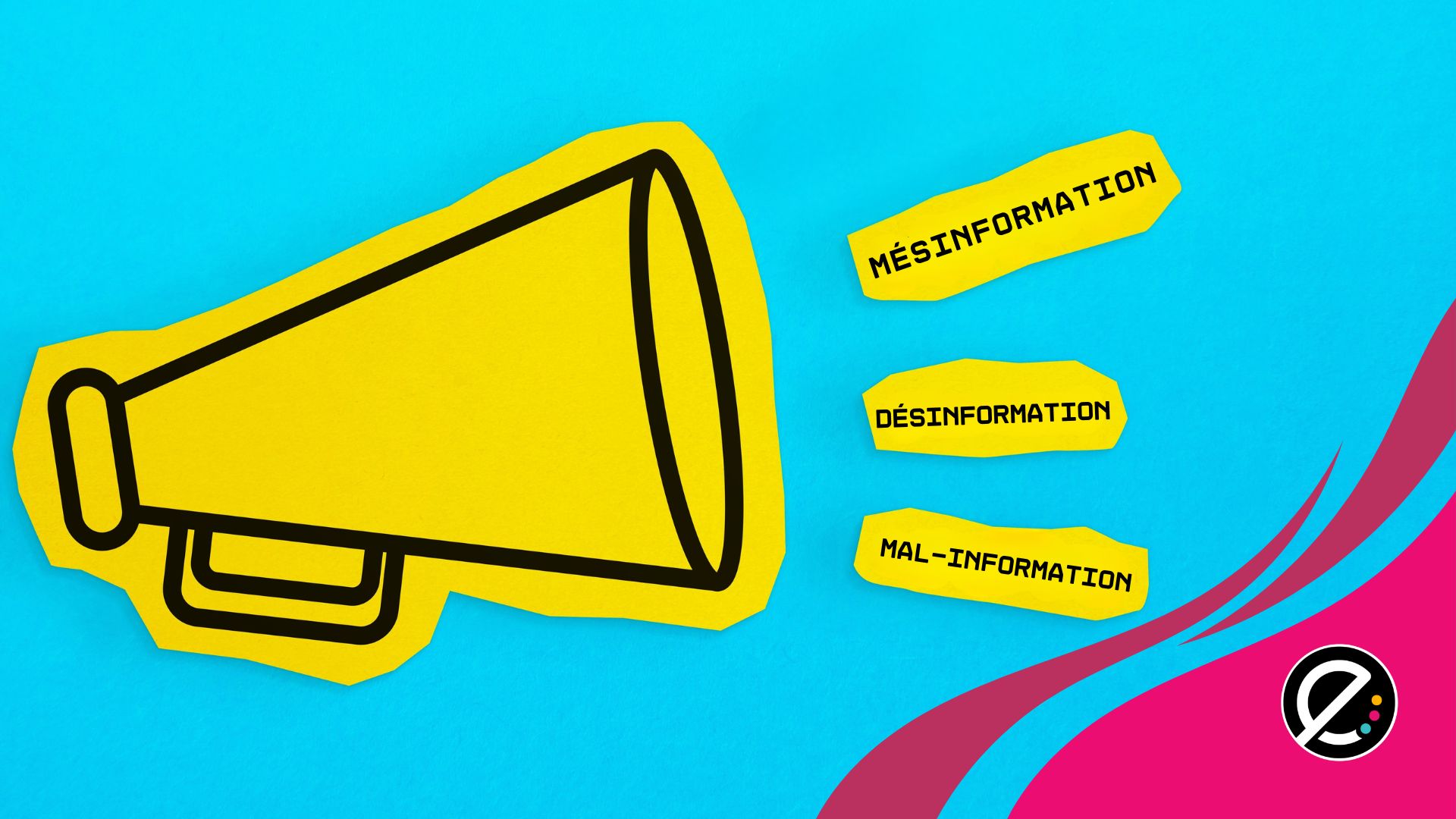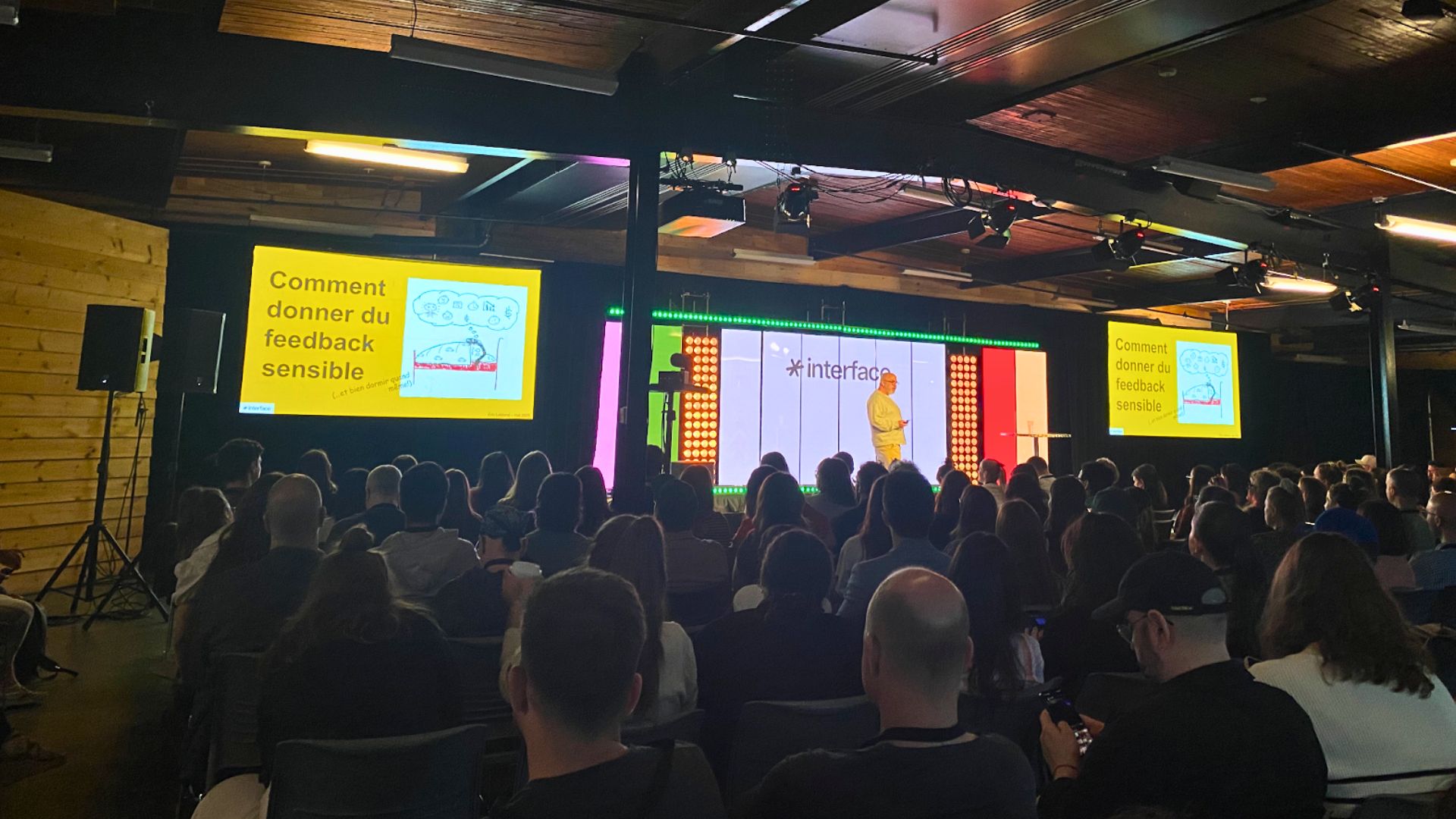Par Marcel Labelle, un des pères de l’AQUOPS
Marcel Labelle est l’un des fondateurs de l’Association québécoise des utilisateurs d’outils technologiques à des fins pédagogiques et sociales (AQUOPS). Il est sorti de la retraite pour « apporter les commentaires d’un vieux fou sur le dossier de l’intelligence artificielle (IA) en éducation ». Selon lui, cela vaut la peine de s’intéresser à ce nouveau concept. Il faut en parler, il faut approfondir la question. C’est le but de son propos que nous vous présentons.
==
Ne nous emballons pas trop vite avec l’IA en éducation. Explorer des questions simples et des réponses simples, c’est facile depuis le premier logiciel du genre en 1966, ELIZA. Dans les exemples donnés, on obtient une réponse directe sans trop de complexité. C’est excitant, mais…
Parenthèse sur le défi de la complexité.
Un être vivant est un organisme complexe, car tout est inter relié. L’être humain possède un système nerveux, un système cardiovasculaire, un système osseux, etc. Nous savons tous que si un problème de santé se pose au niveau cardiovasculaire, ceci peut avoir un impact sur tous les autres systèmes. Ici, il ne faut pas confondre compliqué et complexité. Se promener en ville d’un endroit à l’autre peut être compliqué si la route est inconnue. Un GPS est un outil qui peut aider à résoudre une complication routière. Dans le cas d’un être humain, on ne peut pas trouver d’outils semblables pour résoudre une complication de santé. C’est trop complexe.
Aussi, l’IA est une forme de machine intelligente qui équivaut à l’intelligence humaine. Les principales caractéristiques d’une IA forte comprennent la capacité de raisonner, de résoudre des énigmes, de porter des jugements, de planifier, d’apprendre et de communiquer. Une IA faible utilise le plus souvent différentes branches de la mathématique pour résoudre certains types de problèmes. Nous souhaitons tous arriver à des réponses complexes avec l’IA.
C’est un peu différent avec ChatGPT, ou simplement avec la notion d’agent conversationnel.
Un chatbot, appelé également agent conversationnel, est un logiciel capable d’interagir avec les clients ou un étudiant, par exemple, et de simuler une conversation comme un être humain. Ce mot est formé à partir de « chat » (prononcé en anglais), qui désigne une discussion en ligne, et de « bot », pour robot. Il veut donner l’illusion qu’un programme pense par un dialogue sensé. Dans un soutien à la clientèle, un chatbot assure une interaction constante avec le client en vue de régler son problème. Le client a une intention : résoudre un problème qui peut être compliqué. Le chatbot doit arriver à deviner son intention.
Les agents conversationnels utilisent la compréhension du langage pour analyser et interpréter les questions et les réponses. Ils font appel à l’informatique théorique, à la logique propositionnelle et à la linguistique. Certains sujets peuvent être difficiles à traiter avec des chatbots. Mais ce n’est pas impossible. Après une longue expérience d’apprentissage, un chatbot peut montrer des signes d’intelligence.
Aussi, le logiciel d’un chatbot est un système apprenant qui introduit l’IA ou l’apprentissage machine (machine learning en anglais) en se basant d’abord sur des mots-clés détectés dans possiblement une succession de questions d’un client. Il se sert des mots-clés pour soutenir la conversation en demandant plus de précisions sur la première question et celles qui suivent. Les réponses sont d’ailleurs trouvées en partie sur Internet avec un outil comme Google. Plus il y aura de questions, plus il y aura de mots-clés.
Au fur et à mesure, le système de questions-réponses se complexifie. Avec des centaines de milliers de questions de plusieurs sources sur les mêmes sujets, le système en apprendra plus sur le chemin critique à trouver pour fournir la bonne réponse aux clients. C’est ça, l’apprentissage machine : la répétition des questions-réponses de milliers d’usagers qui ont souvent des interrogations semblables.
Par la suite, l’apprentissage profond (deep learning en anglais) apparaît, avec le chemin critique optimal que le logiciel peut trouver à travers ce réseau complexe de questions-réponses. On pense à une image que l’on nomme un réseau de neurones. L’expérience usager peut donner les meilleures pistes de solutions en parcourant le réseau de neurones.
Le hic pour certains agents conversationnels, c’est qu’ils apparaissent trop tôt comme solution sans avoir été expérimentés. Les utilisateurs les rejettent. Les chatbots en santé mentale sont populaires, mais ils peuvent être controversés. Les services de soutien à la clientèle pour les objets connectés en santé éprouvent des difficultés quand il s’agit de répondre à des questions qui devraient trouver des réponses chez les professionnels de la santé.
Une bonne façon de faire par certains fournisseurs est qu’ils enregistrent auparavant les conversations téléphoniques de personnes qui demandent un soutien. Ainsi, ils sont capables de déterminer des séquences de mots-clés qui peuvent mener à une solution. Ceci peut se faire sans trop faire souffrir la clientèle avec de mauvaises solutions.
Une autre manière aussi sage et prudente consiste à organiser des concours de chatbots afin que les expérimentateurs trouvent la meilleure piste de solution. C’est une manière différente de faire de l’apprentissage machine. Parfois, certains abandonnent en cours de route, car le chatbot atteint ses limites de complexité et il ne peut résoudre le problème posé. Les spécialistes qui les conçoivent chercheront à trouver de meilleures pistes.
Au-delà de la simple arborescence guidant l’assistant conversationnel dans les réponses préconçues, quelle est vraiment la part d’IA dans les chatbots? Et qu’en sera-t-il à l’avenir?
Bref, nous sommes encore aux balbutiements de l’IA en éducation. Cependant, on peut espérer…
De nos jours, il est plus facile de duper le monde avec des promesses de l’IA conjuguées au futur et au conditionnel que d’essayer de mieux comprendre la complexité de la réalité actuelle de l’être humain et de l’éducation. La pensée magique est plus vendeuse. Bienvenue dans le monde de la naïveté, car nous avons beaucoup de travail à faire avant d’augmenter la réalité pour nous convaincre de celui du rêve virtuel.
Une parenthèse aussi sur l’IA générative.
Nous assistons déjà à l’émergence d’outils tels que le générateur d’images Dall-E 2 d’OpenAI. Il existe un modèle génératif pour la musique appelé Jukebox qui permet aux utilisateurs de créer automatiquement des chansons qui imitent les styles d’artistes spécifiques. L’IA est de plus en plus utilisée pour sous-titrer automatiquement l’audio et la vidéo en direct. Ces types de générateurs de contenu deviennent de plus en plus sophistiqués de jour en jour et atteignent le point où les gens ont du mal à faire la différence entre les œuvres rendues artificiellement et celles créées par les humains. Qu’en pensent nos artistes? Bref, il n’y a pas que l’éducation qui sera transformée par l’IA!
Le prochain Colloque de l’Association québécoise des utilisateurs d’outils technologiques à des fins pédagogiques et sociales (AQUOPS) aura lieu les 4, 5 et 6 avril 2023 à Québec.














